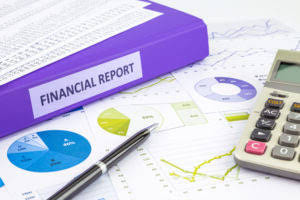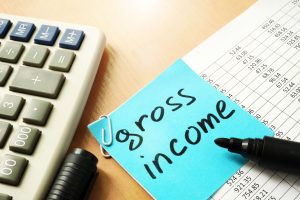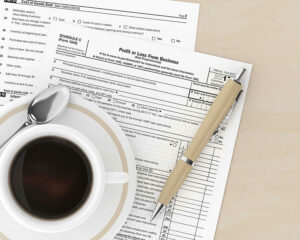
Purchasing a company’s stock over time gives the privilege or the right to vote in a board of directors elections. It also yields capital gains for the shareholder and potentially dividends. All these benefits how to find total stockholders equity eventually create a shareholder’s ongoing interest in the company’s equity. Treasury stock reduces total equity as it represents shares repurchased by the company, reducing the overall ownership interest. Yes, total equity can change due to various factors, including profits, losses, dividends, asset revaluation, or issuance/repurchase of shares.
What is the Shareholder Equity Ratio?
- The second way to calculate shareholders equity is to use the company’s share capital and retained earnings information to calculate the shareholder’s equity.
- It’s possible for retained earnings to represent the largest share of owner equity if growth substantially outpaces the amount of capital paid in.
- It is the total of share capital and retained earnings/reserved profits, less treasury stock.
- The stockholders’ equity, also known as shareholders’ equity, represents the residual amount that the business owners would receive after all the assets are liquidated and all the debts are paid.
These options are the balance sheet method, the accounting equation method, and the summation of equity components method. Analyzing the trend of stockholders’ equity over several periods offers more insight than a single figure. A consistent increase demonstrates a company’s ability to create value for its owners. A declining trend may prompt investors to investigate the causes, such as operating losses or large dividend payments unsupported by earnings. Low or falling shareholder’s equity may be a sign of a struggling company that relies heavily on debt funding.

Understanding Retained Earnings

On the other hand, liabilities are the total of current liabilities (short-term liabilities) and long-term liabilities. Current liability comprises debts that require repayment within one year, while long-term liabilities are liabilities whose repayment is due beyond one year. This is the percentage of net earnings that is not paid to shareholders as dividends. There may also be issues with accurately assessing the fair market value of assets that are included in the balance sheet. The book value assigned to fixed assets may be higher or lower than market value, depending on whether they’ve appreciated or depreciated over time. Retained earnings can increase over time, potentially surpassing the amount of paid-in capital.
Common Stock and APIC Calculation Example
- The date that determines which stockholders are entitled to receive a corporation’s declared dividend.
- The book value of one share of cumulative preferred stock is its call price plus any dividends in arrears.
- Therefore, ABC Limited shows an equity ratio of 0.7 or 70%, which indicates that 70% of the company’s assets are financed using shareholder equity, while the remaining proportion is financed by debt.
- Total liabilities are also broken down into current and long-term categories.
- The widening difference between the figures reflecting the two values indicates growth and profits, thereby making more and more investors invest in the firm.
- Some valuable items that cannot be measured and expressed in dollars include the company’s outstanding reputation, its customer base, the value of successful consumer brands, and its management team.
- This equation illustrates how a company’s resources, or assets, are financed either by creditors (liabilities) or by its owners (shareholders’ equity).
In exchange for the preferential treatment of dividends, preferred shareholders usually will not share in the corporation’s increasing earnings and instead receive only their fixed dividend. As these examples suggest, a corporation’s Certified Public Accountant market value may be far greater than its book value. In contrast, a corporation that has recently purchased many assets, but is unable to operate profitably, may have a market value that is less than its book value. Although we can calculate a corporation’s book value from its stockholders’ equity, we cannot calculate a corporation’s market value from its balance sheet. We must look to appraisers, financial analysts, and/or the stock market to help determine an approximation of a corporation’s fair market value.
The value of the common shares on a company’s balance sheet is known as the common shareholders equity. It shows how much money or value a business has made by selling common Mental Health Billing shares to equity investors. Total assets equal the sum of non-current and current assets, and it is equal to the sum of shareholder’s equity and total liabilities. After calculating the ratio, it can be compared with the ratio of other companies within the industry to rank its relative performance.
- Shareholder’s equity is the “book value” of a company’s equity less all liabilities.
- Treasury stock reduces total equity as it represents shares repurchased by the company, reducing the overall ownership interest.
- Therefore, it should be used in conjunction with other metrics to provide a more complete view of how a business is doing.
- Profits made by a company that are not paid out as dividends to stockholders (shareholders) but rather are set aside for reinvestment in the company are known as retained earnings (RE).
- The balance sheet reports the assets, liabilities, and owner’s (stockholders’) equity at a specific point in time, such as December 31.
